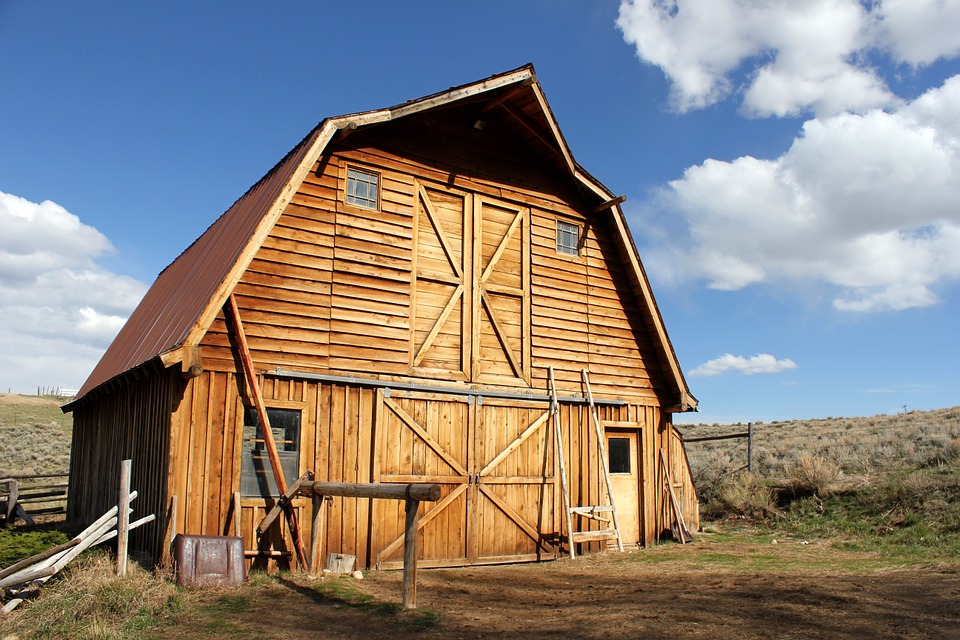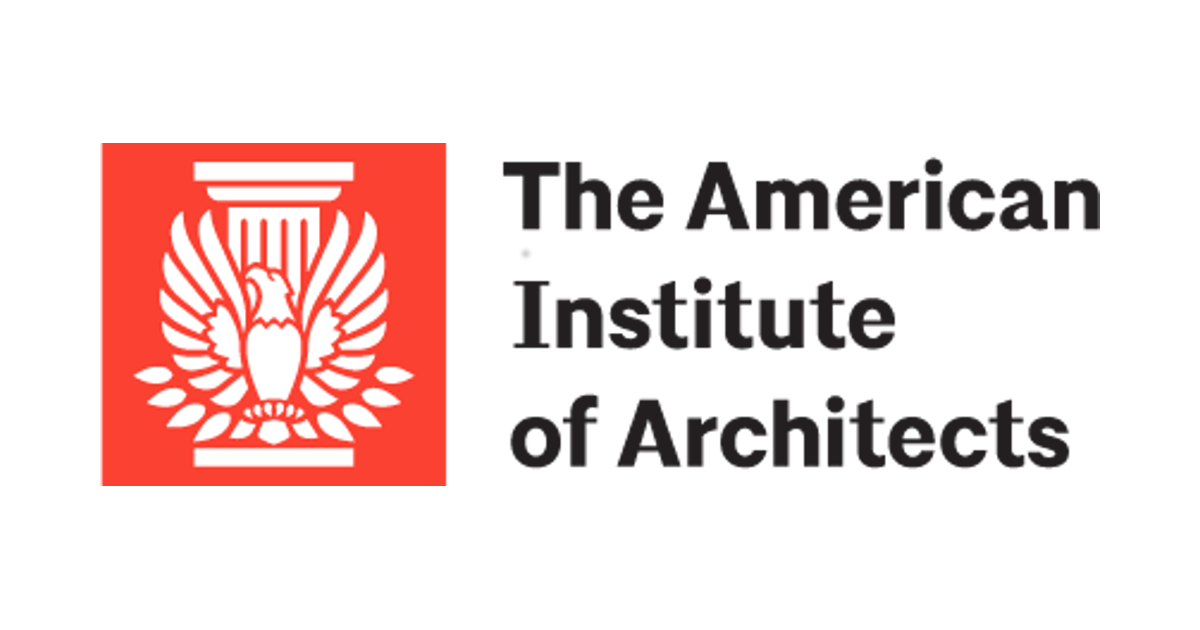Initially published on March 20, 2020 Republished with permissions from April Hughes, AIA, NCARB, LEED AP, Board President, AIA Chicago Board of Directors at AIA Chicago Cover image credit: HPZS Office Headquarters, Chicago, Illinois By: April Marie Hughes, AIA, NCARB, LEED AP BD+C Dear Architectural Firm Owners, Like many of you, I could never have …
Continue reading “How Architecture Firms can Apply for an SBA COVID-19 Disaster Relief Loan”








